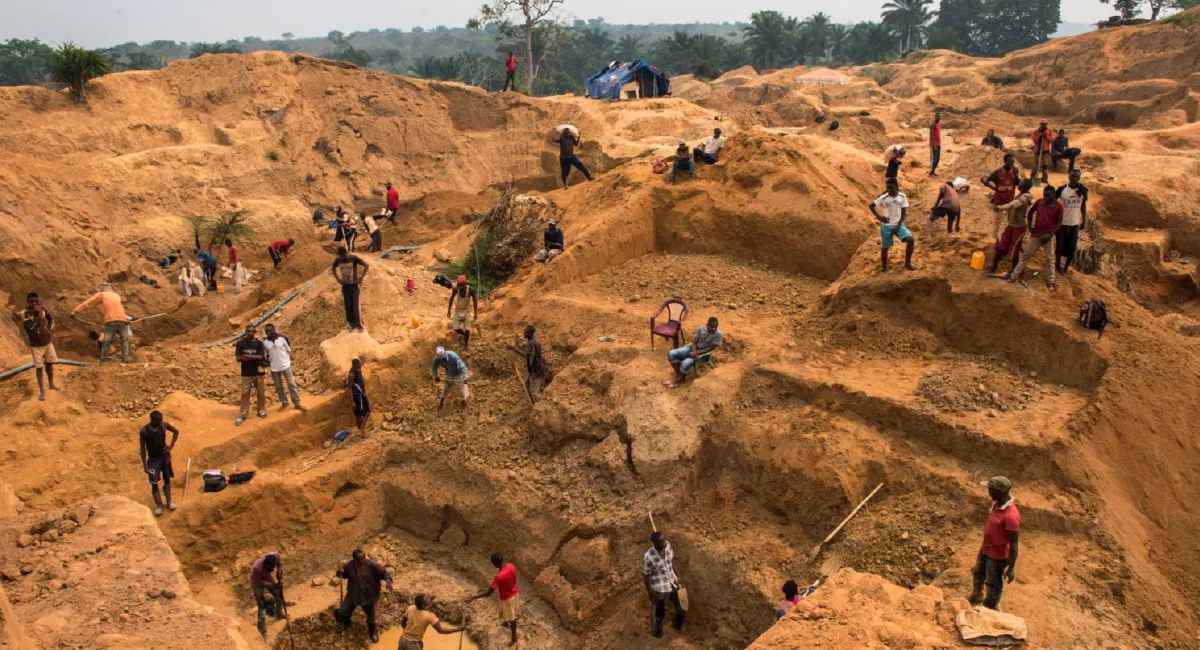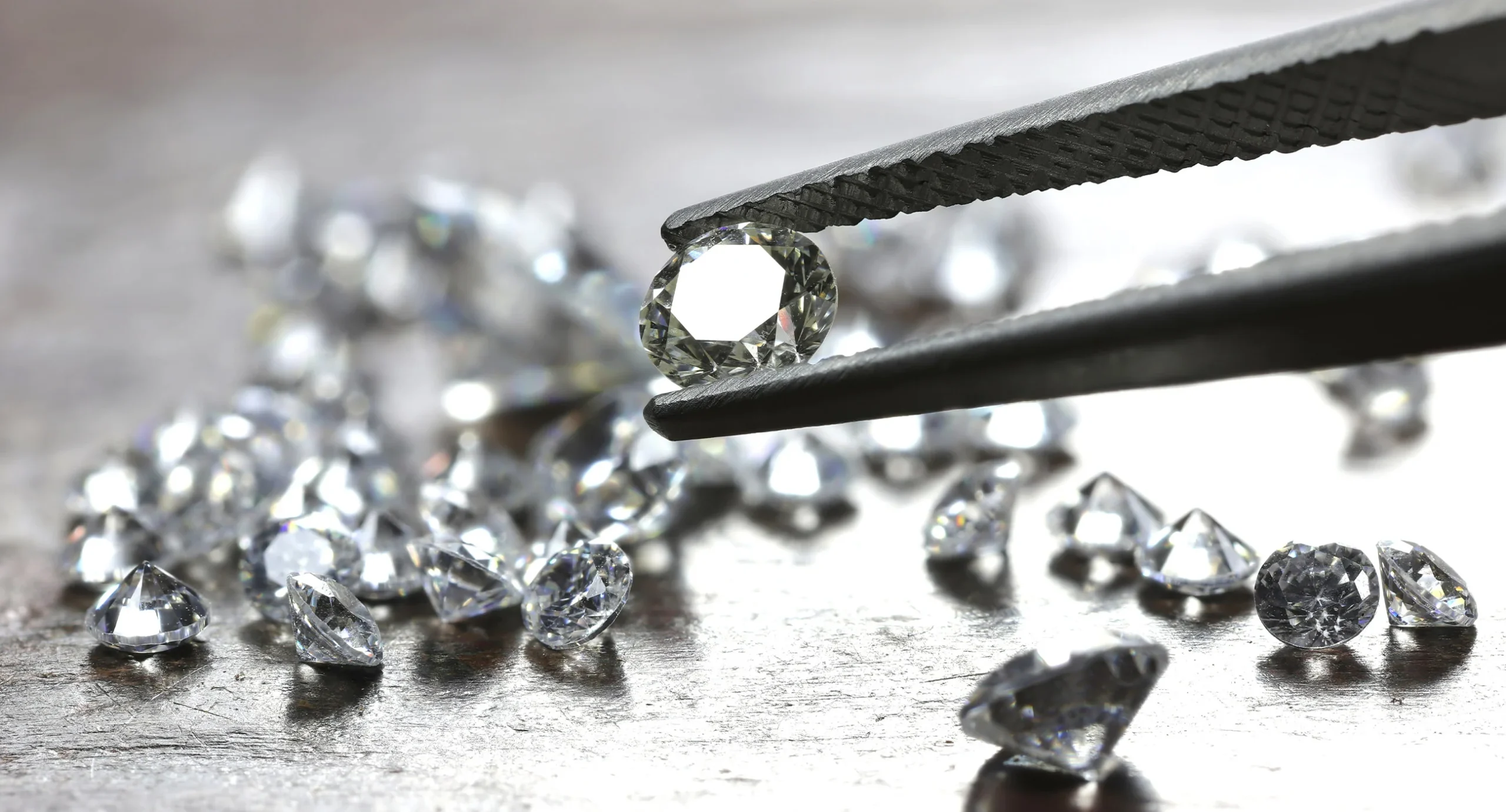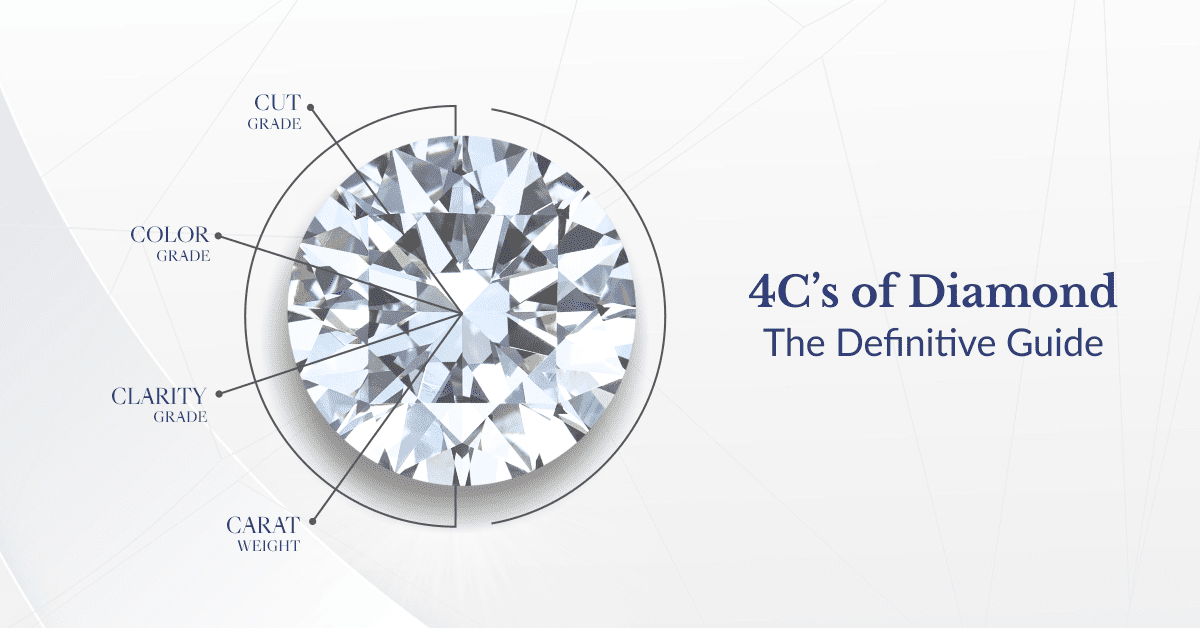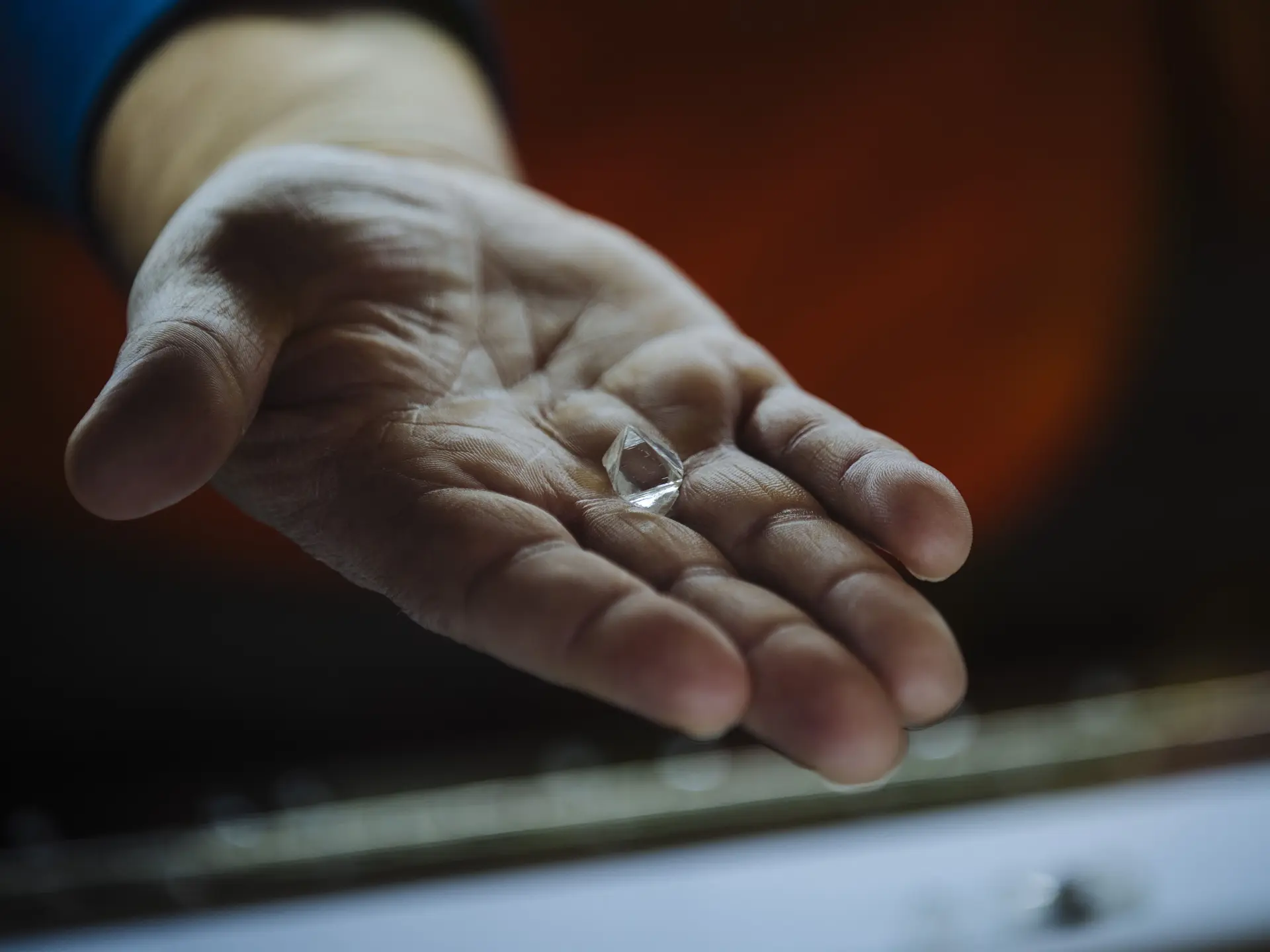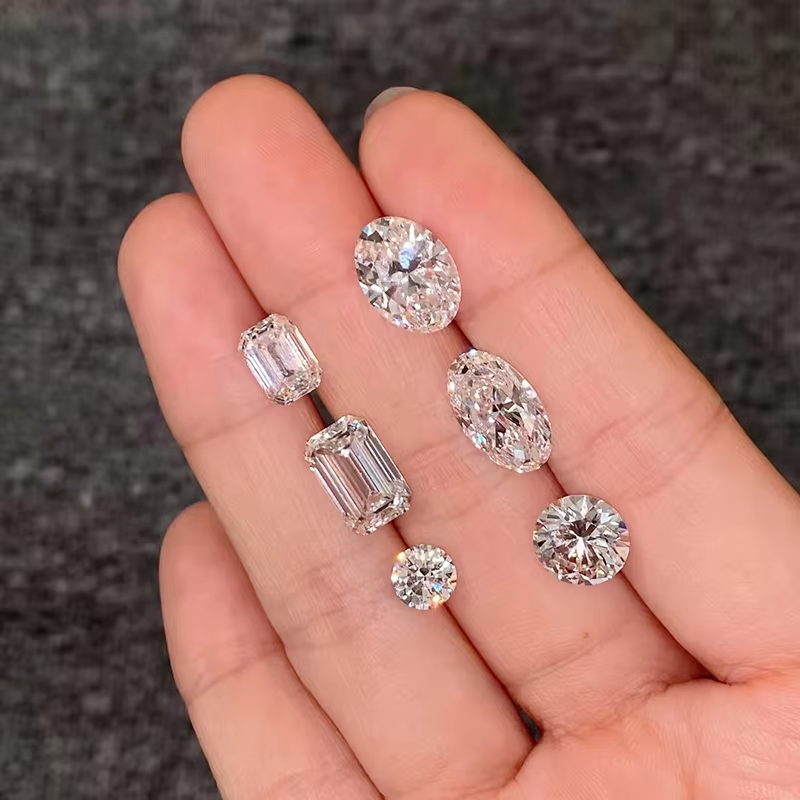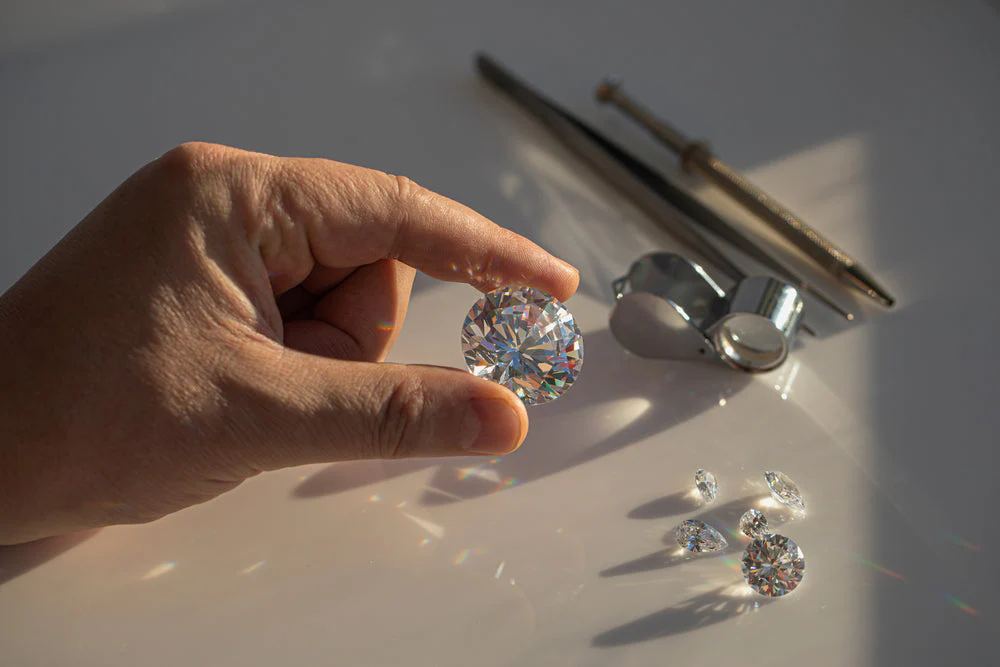Introduction
Lab grown diamonds are transforming the jewelry industry with their stunning brilliance and ethical origins. But how exactly are these diamonds made? At KD Lab Grown Diamond, we believe in transparency and education—so here’s everything you need to know about the fascinating process behind lab grown diamonds.
The Two Main Methods
Lab grown diamonds are created using two advanced technological processes that simulate the natural diamond-growing environment: High Pressure High Temperature (HPHT) and Chemical Vapor Deposition (CVD).
1. High Pressure High Temperature (HPHT)
This method mimics the natural conditions deep inside the Earth where diamonds form.
A small diamond seed is placed in carbon.
The chamber applies extremely high pressure (about 1.5 million pounds per square inch) and high temperatures (above 1,300°C).
Carbon melts and crystallizes around the seed, forming a diamond.
Once cooled, the rough diamond is cut and polished like a natural diamond.
2. Chemical Vapor Deposition (CVD)
This modern, energy-efficient method produces high-purity diamonds.
A thin diamond seed is placed in a vacuum chamber filled with carbon-rich gas (like methane).
The chamber is heated to around 800°C, causing carbon atoms to break down and bond to the seed.
Layer by layer, the diamond grows vertically.
The resulting diamond is then cut and graded, often displaying excellent clarity.
The Final Touch: Certification & Cutting
At KD Lab Grown Diamond, each lab grown diamond undergoes precise cutting and polishing to maximize brilliance. Every diamond is certified by world-renowned institutions like GIA, IGI, or GCAL, so you can trust its quality, authenticity, and origin.



